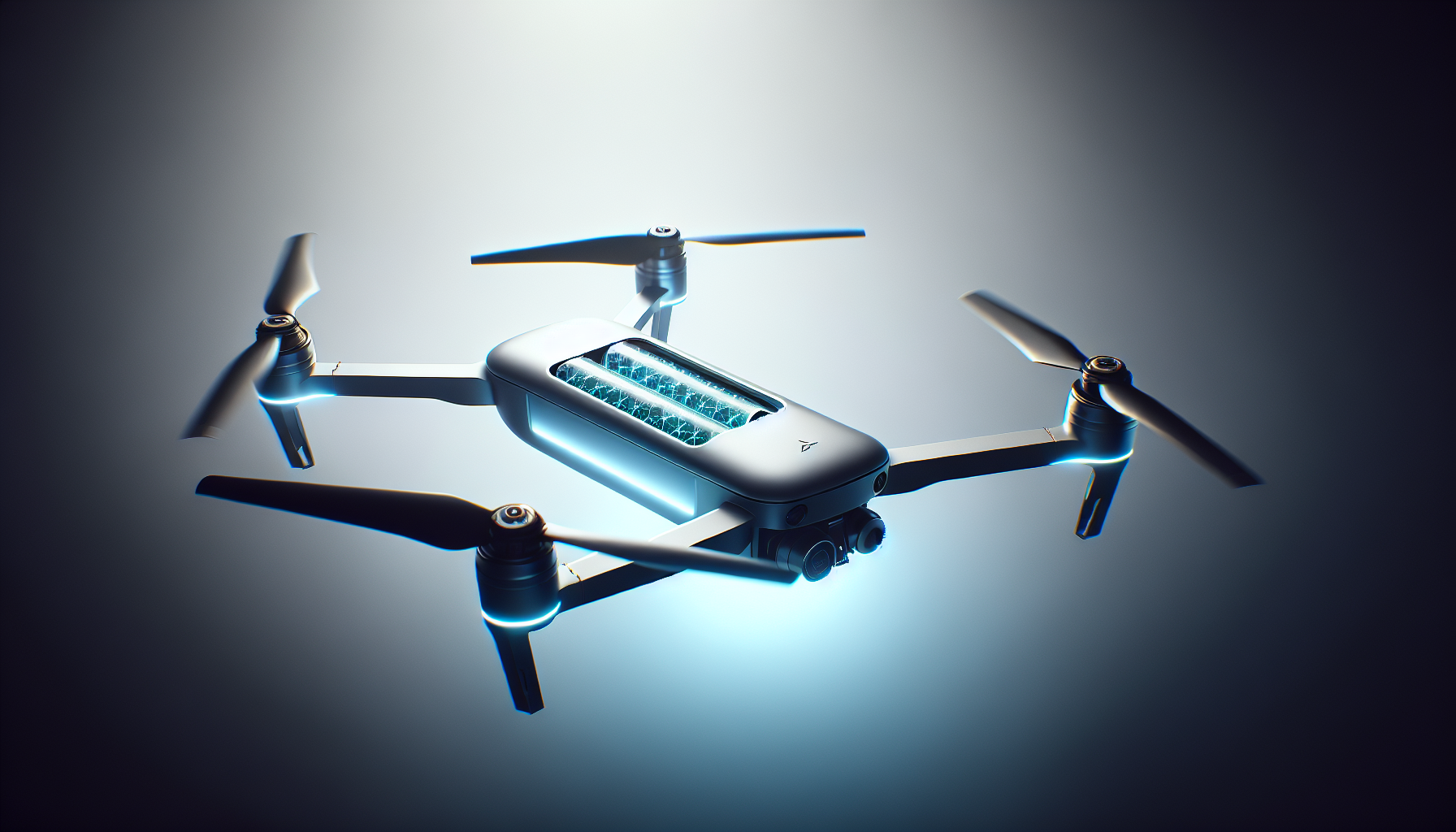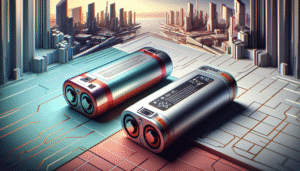Have you ever found yourself hovering above a breathtaking landscape with your drone, only to have the battery run out just as you prepare to capture that perfect shot? It’s frustrating, isn’t it? These moments make me ponder whether the promises of new technologies like graphene batteries could be the game-changers we drone enthusiasts have been desperate for. You might have heard a lot about graphene drone batteries lately, but is this buzz around faster charging merely a hype, or do graphene batteries truly offer remarkable capabilities?

What Are Graphene Batteries?
Let’s first dive into understanding what a graphene battery is before we weigh its potential advantages for drones. Graphene is a one-atom-thick layer of carbon atoms arranged in a two-dimensional honeycomb lattice. Imagine a material that’s not only stronger than steel but also incredibly thin and remarkably flexible. Sounds impressive, right? Graphene batteries utilize graphene as a part of their structure to enhance their performance.
Characteristics of Graphene
| Characteristic | Description |
|---|---|
| Strength | 200 times stronger than steel |
| Thickness | One-atom-thick layer |
| Conductivity | Superior electrical and thermal conductivity |
| Flexibility | Highly flexible material |
| Weight | Lightweight compared to other materials |
Now that we have a clearer picture of what graphene is, let’s consider how these unique characteristics can potentially revolutionize battery technology.
The Promise of Faster Charging
The allure of graphene lies primarily in its superior conductivity. Who doesn’t want a battery that charges at lightning speed? In theory, graphene batteries can charge up to ten times faster than traditional lithium-ion batteries. Imagine being able to set your drone down for a quick coffee break and have it ready to go before you’ve even finished your espresso.
How Fast is Rapid Charging?
| Battery Type | Charging Time Range |
|---|---|
| Traditional Lithium-ion | 1 to 2 hours |
| Graphene-enhanced | Potentially as little as 15 – 30 minutes |
But, as we all know, theories and real world applications don’t always fit like a neat puzzle.

The Current Hype: Fossil or Phenomenon?
With all these exceptional features, one might think graphene batteries are the answer to our electronic prayers. The fascination is driven in part by stories and speculation about rapid market adoption and transformative effects on all forms of wireless tech, not just drones. Yet, the rollout is still in its nascent stage.
Concerns and Limitations
- Manufacturing Costs: The process of producing graphene is intricate and costly. When we get to the nuts and bolts of economics, this hurdle affects day-to-day availability.
- Scalability: Despite its strength, scaling production for wider commercial use remains a challenge.
- Market Readiness: The technology, albeit promising, isn’t fully developed for all market applications. Many industries are still in the testing phase.
Advantages Beyond Charging Speed
Lest we pigeonhole these batteries only as charging wizards—there are other potential benefits that are worth mentioning.
1. Longer Lifespan
Graphene enhances battery durability because it resists degradation over time. Traditional lithium batteries, as they age, suffer from capacity fade. Graphene could reduce this fate, providing batteries that survive more recharge cycles, meaning more time capturing wild sunsets and majestic landscapes.
2. Lightweight Nature
Graphene’s featherweight attributes not only foster battery efficiency but also influence the drone’s agility and payload capacity. A lighter battery means the drone itself could be lighter or pack more equipment for professional photography, without sacrificing air time.
Weighing Reality: Overhyped Narrative?
As much as I wish to geek out on graphene’s versatility, we must hit pause and assess whether the talk around “faster and better” holds any water.
Real World Applications So Far
| Application | Status |
|---|---|
| Consumer Electronics | Limited implementation in select high-end products |
| Automotive Batteries | Ongoing research and development phase |
| Aerospace Applications | Demonstrations and prototypes being evaluated |
Though interests are piqued in numerous fields, mass production hits several walls. It’s a technological marvel but doesn’t magically appear overnight in drone stores or electronic kiosks.
Future Outlook: Are We Close?
Personally, I’m hopeful yet cautious about the timeline for graphene batteries reaching mainstream drone usage. Industry analysts suggest that as manufacturing techniques improve and costs decline, the benefits of these batteries could become increasingly accessible to the average consumer. Yet, there’s still a journey ahead.
Roadblocks and Milestones
- Research and Development: Continual investment in R&D is crucial for transitions from prototype to production.
- Industry Collaboration: Partnerships may be key, potentially speeding up research through shared insights and technology exchanges.
- Policy and Regulation: Conformity with safety standards and industry regulations will shape graphene’s future rollout.
Conclusion: The Pragmatic Enthusiast’s Challenge
You and I, dear reader, have the enviable opportunity to witness these advancements from the comfort of our living rooms. Grappling with the tech world’s realities—balancing excitement with skepticism—is both an exhilarating and frustrating affair. Graphane might indeed be a cornerstone of future drone battery technology, provided industry players can tackle the existing challenges.
Until we see trajectory-proof evidence on a wider scale, let’s stay curious, remain informed, and keep a close watch on this fascinating intersection of carbon engineering and aerodynamics. Who knows? In a few years, our conversations about charging times might feel as antiquated as a dial-up connection. Let’s hope that day comes sooner rather than later!


